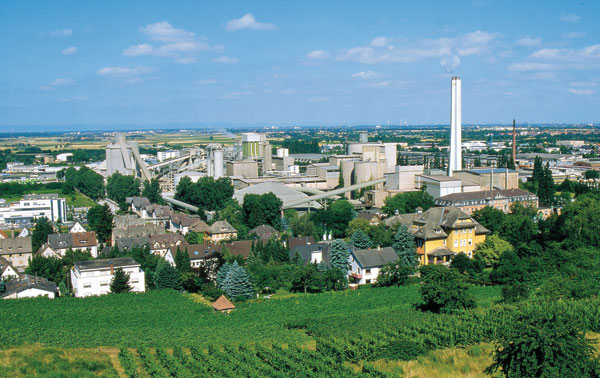Cement under the EU ETS
The 2005 European Union Emissions Trading Scheme (ETS) covers some 11,300 factories and power stations across 10 industrial sectors in 30 countries, involving almost half of Europe’s carbon emissions. It sets a declining cap on total industrial emissions. Emissions allowances (EUAs) are provided to companies regulated by the scheme, and each of them must measure and report emissions and surrender one allowance for each tonne of CO2 emitted. Surplus allowances can be traded to others, providing an incentive for emission reductions. As Phase II is set to draw to a close next year, Phil Kerton of CPK Consultancy provides an update on the key used allocation and trading figures for EU nations and 10 leading cement producers.

HeidelbergCement has seen the largest improvement compared to other major producers
using 71 per cent of its allocation last year compared to 78 per cent in 2009
The EU ETS has three trading periods, or ‘Phases’:
• Phase I: a test phase, from 2005-08 and surplus allowances from this period cannot be carried over to later phases;
• Phase II runs from 2008-12, and unused allowances from this Phase can be carried over into Phase III;
• Phase III begins in 2013 and runs indefinitely. A review starts in 2020.
Energy-intensive industries will not take part in the Phase III auction of emission rights, but will continue to receive free allowances – to be based on demanding and ever-tightening sector-specific benchmarks. As a result, the total free allocation will have dropped by 21 per cent in 2020, compared with 2005. This aims to end the accrual of large surpluses, but the amounts already accrued by companies make it likely that few will be forced to reduce emissions or purchase allowances until after 2020.

